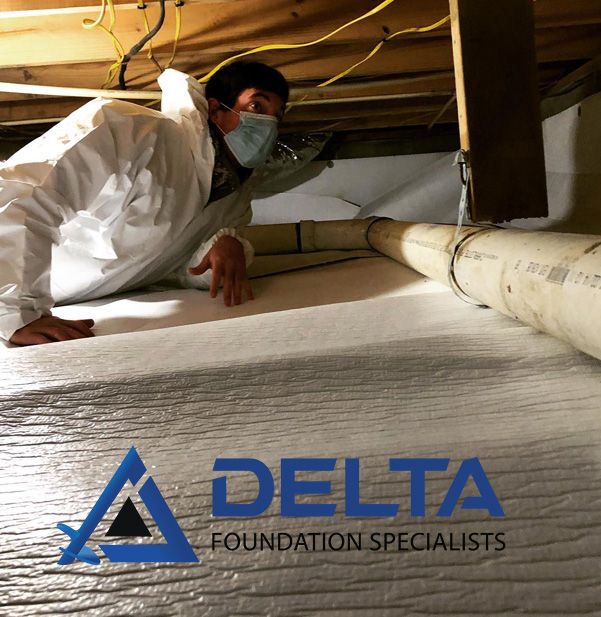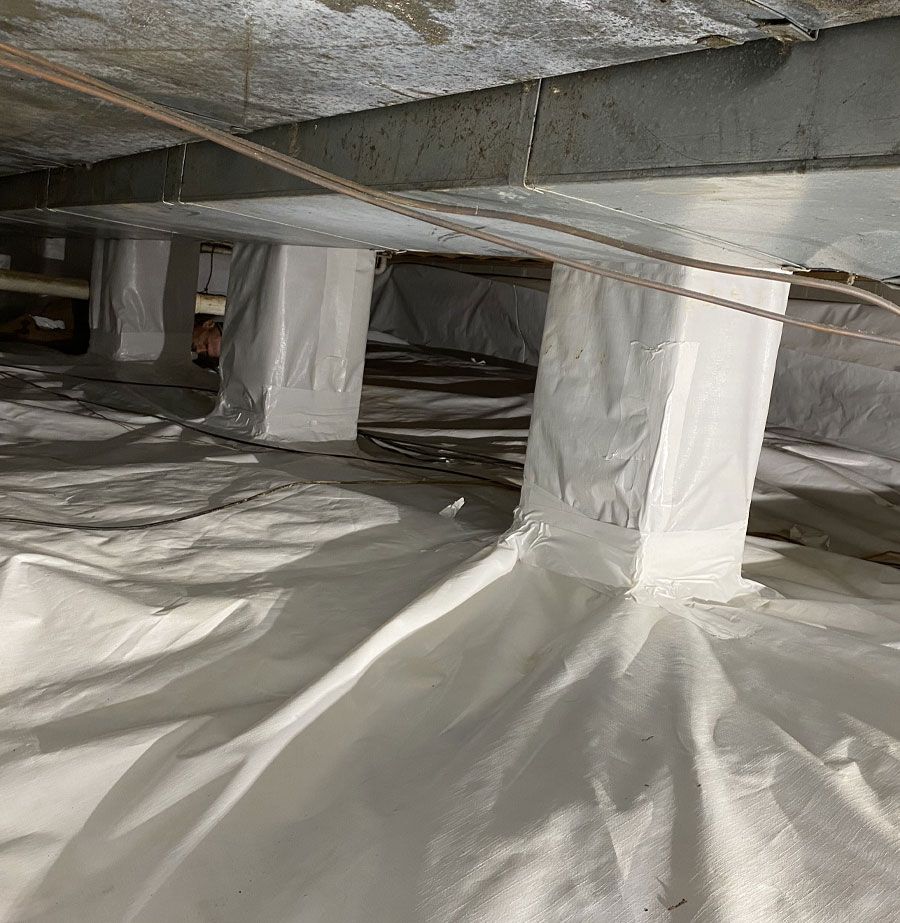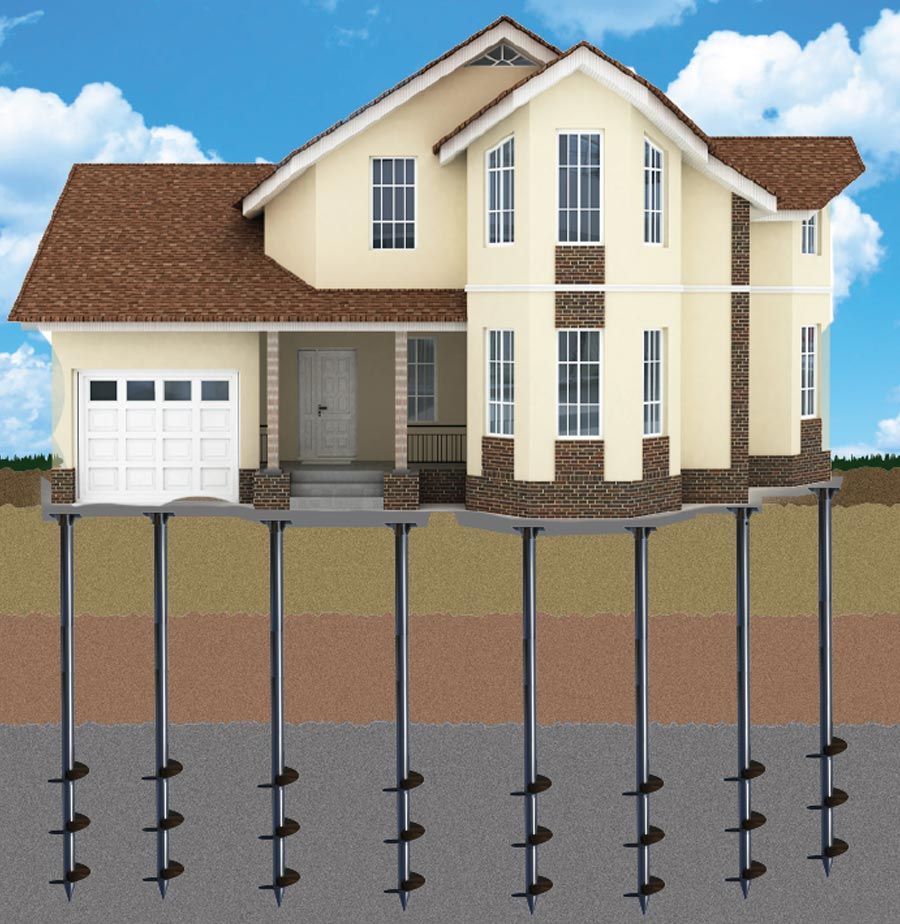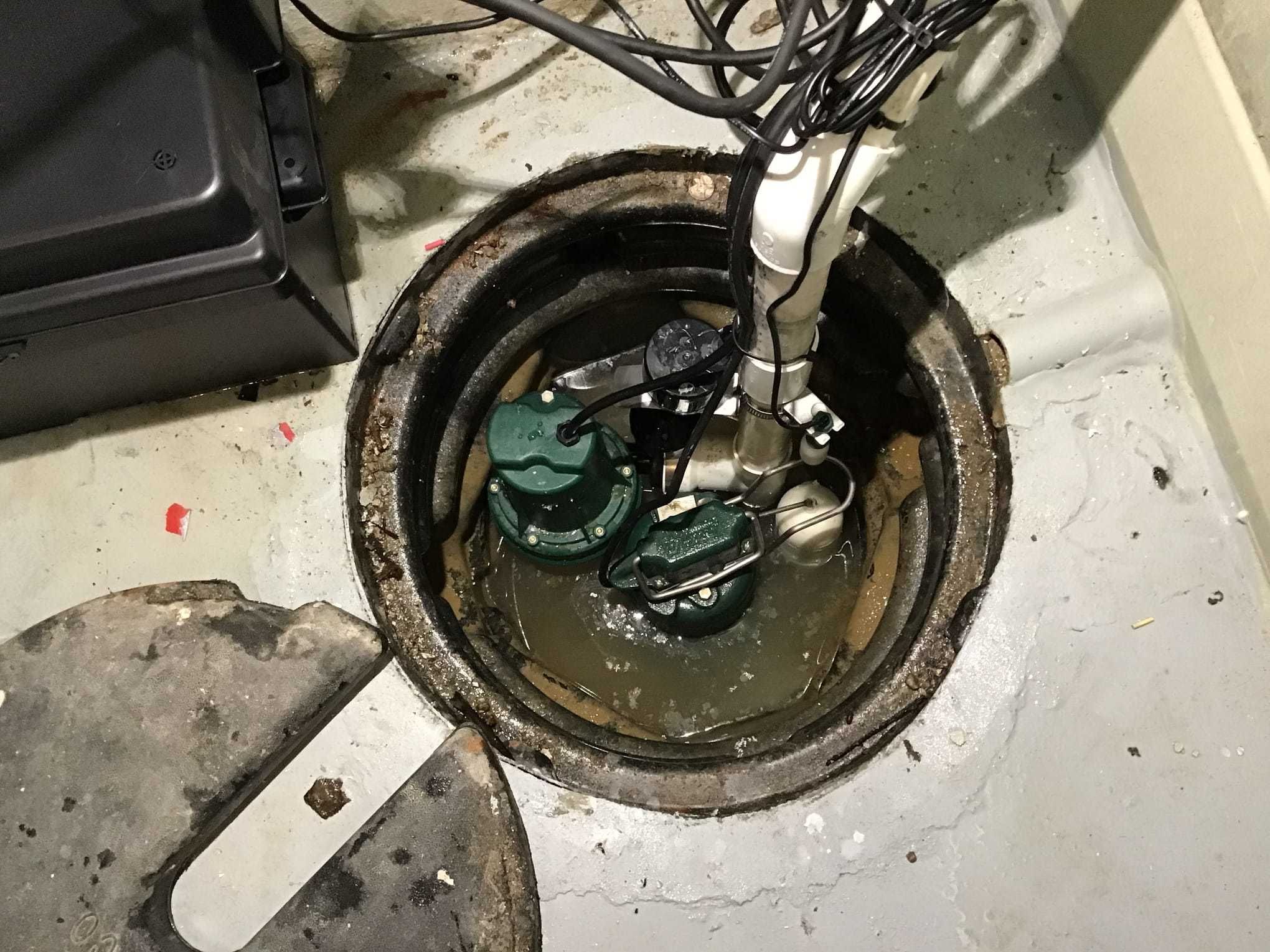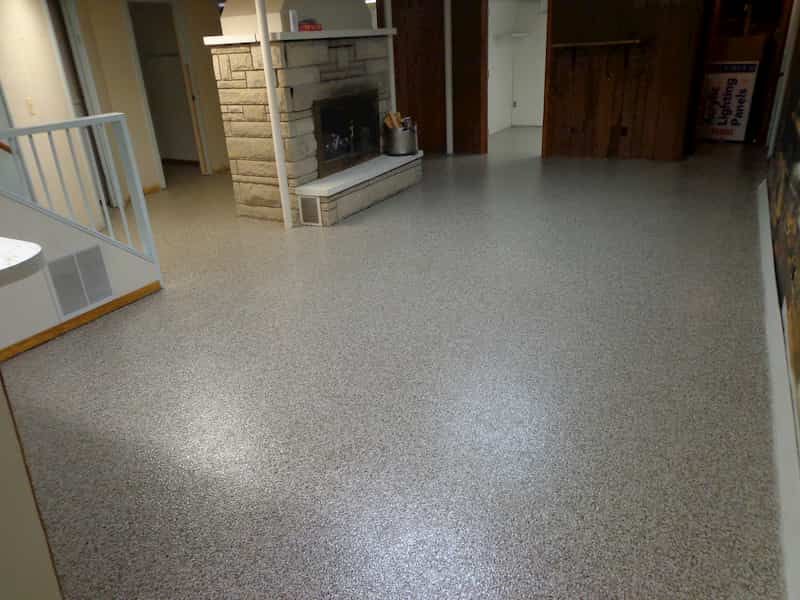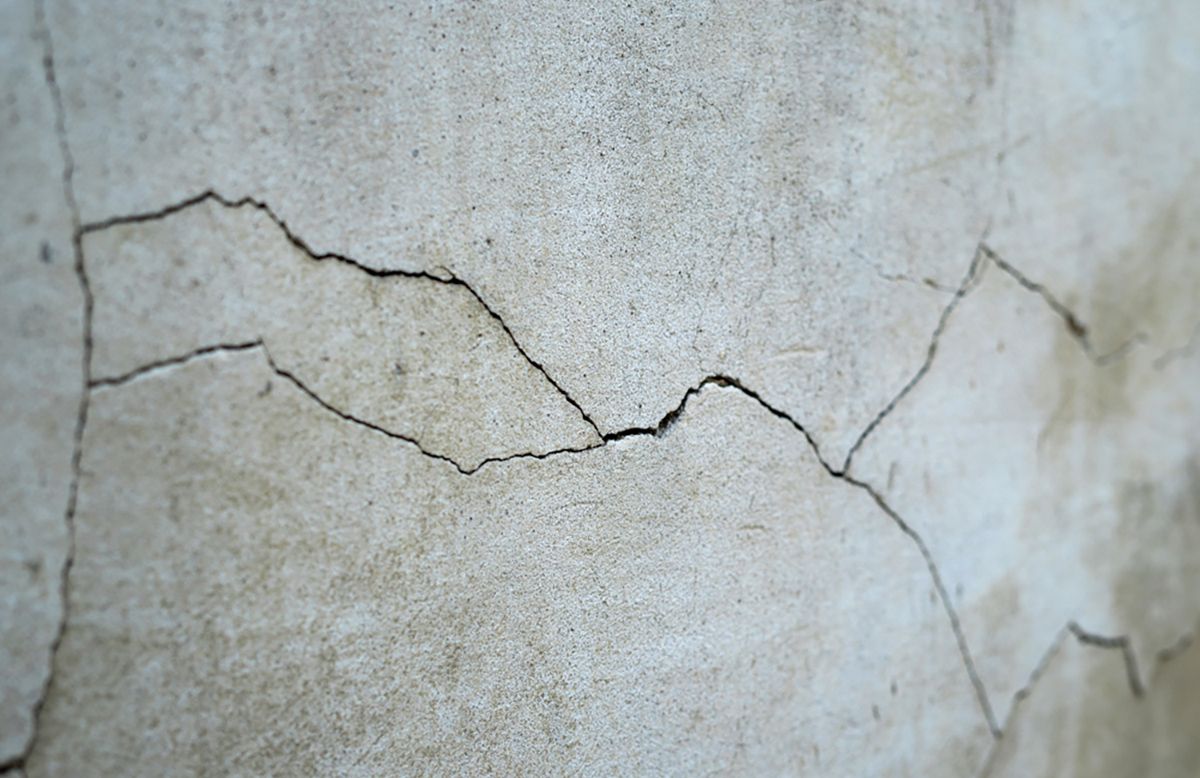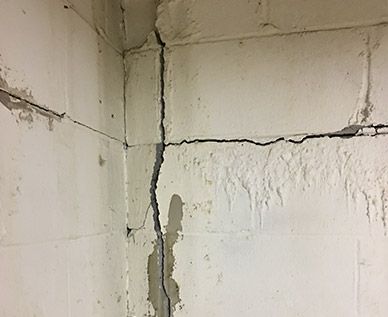
Solving Basement Flooding Problems: Step-by-Step French Drain Installation
Understanding basement flooding and the possible solutions to help prevent it is an important part of homeownership. A French drain is one solution that is both effective and easy to install and maintain. This article will discuss the impact of basement flooding on a home, explain how a French drain works, provide a step-by-step guide of professionals installing a French drain in your basement, and go over how to maintain your French drain system for a dry basement.
Understanding the Impact of Basement Flooding on Your Home
Basement flooding can devastate any home. Therefore, it is important to understand the impact that it can have on both your home and your life. Basement flooding occurs when excess water enters the basement due to inadequate drainage, or when the basement is left without proper waterproofing. A basement flood can cause a wide range of damage, including structural damage to walls and floors, waterlogging of furniture and appliances, mold and fungal growth, and a general decrease in air quality.
A basement flooding can cost hundreds, even thousands of dollars, due to the repairs and replacement of ruined items. The repair teams may need to inspect and treat electrical systems, walls, floors, and other items that may have been destroyed. In addition, homeowners may need to purchase new items to replace those that were ruined in the flood.
There are many things that can be done to prevent basement flooding. For instance, installing a sump pump can help to keep water away from the foundation of the house, as can installing a backwater valve. Homeowners should regularly check gutters, drains, and windows for rust, cracks, and clogged debris. During major rain storms or periods of snowmelt, the homeowner should also be sure to check the basement walls and floor for seepage.
Homeowners should also be sure to fisher up any valuables and items that may be vulnerable to a flood. Similarly, shoveling around the foundation of the house can help improve drainage and divert floods. As a result, preventing flooding can help keep an owner’s costs and stress levels down.
It is important to take measures to understand and prevent basement flooding. Doing so will go far to reduce the costs of potentially expensive repair bills, and will minimize the physical and emotional damage caused by a flood. Nevertheless, it is important to remember that flood prevention is always the best solution.
The French Drain Solution: How It Works and Why It’s Effective
The French Drain Solution is a popular home plumbing solution that is used to help divert and redirect water away from the foundation of a house. According to the National Institute of Building Sciences, the French Drain Solution, or FDS, is a “system composed of perforated pipe, gravel, and a silt filter sock.” It works by collecting and then quickly diverting water away from the home, helping to protect this important structural element from excessive or continuous moisture exposure.
However, in order for the FDS to be effective, it must be properly installed. While the details of installation may vary from project to project, typically the process of installation will involve digging a trench around the perimeter of the home. This trench will then be filled with gravel and the perforated pipe laid on top. Lastly, the filter sock will be placed on the pipe before the trench is filled in with soil.
This type of drainage system is also beneficial to the overall health of homes in more ways than one. Not only does it provide protection from moisture damage, but it can also help to reduce the amount of groundwater found near the base of the foundation. This can be beneficial for a number of reasons. For instance, groundwater can cause a number of issues to a home such as standing water, issues with foundation stability, and other forms of structural damage. As a result, installing the French Drain Solution can help to address many of these issues.
Moreover, the FDS can also be used for other purposes beyond protection from moisture damage. For example, along with diverting water away from the house, it can also be used to help drain water from places like ponds, basins, and laundry room sinks. Additionally, it can be used as a way to protect homes from flooding or high rainfall.
Similarly, this type of drainage system is also beneficial to landscaping areas. In contrast to conventional drainage systems, the FDS is thought to be better for both the aesthetics and the health of a yard. For example, by helping to control water levels, the FDS can help to reduce issues such as water pooling or soil erosion in the yard. Furthermore, by helping to protect the soil quality, it can also promote healthier plants and vegetation.
Therefore, the benefits of the French Drain Solution are numerous. In addition to providing a way to reduce the amount of moisture near the foundation and promoting a healthier and better looking yard, it can also be extremely effective at protecting a home from flooding, high rainfall, and groundwater. Installing the French Drain Solution is a viable option for any homeowner in need of a reliable and effective drainage solution.
Step-by-Step Guide of Professionals Installing a French Drain in Your Basement
A French drain in the basement is an important part of ensuring proper drainage. With proper installation, the drain will help prevent flooding and foundation damage. Fortunately, the process of installation is relatively straightforward, and can be done by homeowners or professionals. This guide will take an in-depth look into the steps that professionals take when installing a French drain in the basement.
Firstly, the area where the drain goes must be located. Professionals will first inspect the basement for any signs of water or foundation damage, as the drain should always be placed near the problem area, as opposed to the source of the water. Additionally, they will plot out the drain’s trajectory, marking the area where the drain will begin and end.
Once the area is located, a trench must be dug for the drain. Depending on the specific project, the trench may be located directly beneath a floor, or above the floor in a wall. Moreover, professionals will make sure to maintain a consistent slope to ensure proper drainage. The trench should also be between 8 and 12 inches deep.
Next, the drain pipe must be fitted. Generally, 4-inch diameter PVC pipe is used, although larger pipes can be used for larger basements. After cutting the pipe to the proper length, professionals will then flush the pipe out to ensure a clear flow of water. On the other hand, they will lay a protective fabric, or even a nylon filter tube around the pipe, to prevent debris from clogging the pipe.
After fitting the pipe, professionals will place a gravel or pebble mix around it. This helps keep the pipe in place and ensures proper drainage. If any curves are necessary for the pipe, professionals will use flexible PVC to ensure a secure fit. Similarly, they will also test the pipe for any leaks or blockages.
Finally, they will backfill the trench and re-grade the surface to ensure proper water dispersal. Furthermore, professionals will check the flow of water from the drainpipe outlet to determine whether the French drain has been properly fitted.
Once all the steps have been complete, the French drain is now fully operational. With the right skills and know-how, installing a French drain is a relatively quick and straightforward process. As a result, it is highly recommended that homeowners hire a professional to ensure their French drain installation is properly done.
Maintaining Your French Drain System for a Dry Basement
Maintaining a French drain system in order to keep a basement dry is an important but often overlooked task. The system itself involves digging a trench (usually 12-18 inches deep and 2-3 times as wide) around the perimeter of the basement. Within the trench, a perforated pipe is laid, covered with a layer of gravel, topped with a fabric filter, and then filled in with dirt. In addition, a sump pump should be installed, to pump out any excess water supplied by the drain pipe.
However, in order for a French drain system to work optimally, it must be properly maintained. This includes periodically removing the stones, gravel, and dirt in the trench that can become compacted and thus block the drainage. It is important to regularly check the sump pump to make sure it is working properly. Similarly, it is wise to ensure that any drainpipes or downspout connections are still intact and secure, as well as making sure that any vegetation growth is trimmed back as needed.
Regularly maintaining a French drain system can drastically reduce basement flooding and general moisture problems. Rather than waiting for a patio to be flooded, a homeowner should take proactive steps to maintain the system and prevent any small issues from becoming costly repairs. For instance, if changing out the stones and gravel prevent a flooding incident, then the investment of time and money will be much less than it would be after a flood. As a result, taking the time to maintain a French drain system for a dry basement can be a very worthwhile endeavor.
Final Thoughts
Understanding the impact of basement flooding on a home is essential for homeowners looking to avoid costly repairs. The French drain solution is an effective and common way to combat water in basement areas. Professional installation requires several steps, including locating the source of water, excavating around the basement walls, creating a drainage system with a productive outlet, and installing the piping and gravel material. To ensure a dry basement and the longevity of the French drain system, it is important to maintain the system by cleaning it out regularly and conducting periodic inspections.
Frequently Asked Questions
What are the primary causes of basement flooding?
The primary causes of basement flooding are:
1. Excessive rainfall or snowmelt
2. Poorly maintained gutters or downspouts
3. Unsealed foundation walls or windows
4. Poor grading or landscaping that directs water toward the foundation
5. Clogged or broken downspouts/drains
6. Faulty sump pump
7. Faulty plumbing or appliance supply lines
8. Sewer backups.
What is a French drain and how does it prevent basement flooding?
A French drain is a trench filled with gravel or a perforated pipe that carries water away from a building or other area that may become flooded. The drain feeds into a collection area away from the structure or property, allowing water to flow away from the building. The drain is covered with a porous material such as gravel, which may be supplemented with synthetic filter fabric, in order to prevent clogging.
What are the key steps involved in installing a French drain in a basement?
1. Prepare the area by leveling the soil and laying a layer of gravel.
2. Trace out the outlines of the French drain following your previously plotted design.
3. Dig the trench and excavate to the desired depth.
4. Create a trench box with two layers of gravel at the bottom.
5. Place filter fabric over the walls of the trench.
6. Place a PVC or corrugated pipe along the trench.
7. Place second layer of filter fabric over the top of the pipe.
8. Cover the pipe and fabric with the final layer of gravel to the desired level.
9. Backfill and compact the soil around the French drain.
10. Connect the drain pipe to the sump pump or another drainage area.
How can I ensure the long-term effectiveness of my basement’s French drain system?
To ensure the long-term effectiveness of your French drain system in your basement, it is important to make sure there is proper grading around your basement foundation, a properly designed gutter system, and that the system does not get clogged with debris. Additionally, you should inspect your basement regularly to make sure it is in good condition, and if needed clean out the French drain system or any other drainage components. Finally, it is important to make sure the drainage line is located in an area of the basement that is safe from flooding.
Table of Contents
Other Blogs You May Be Interested In



